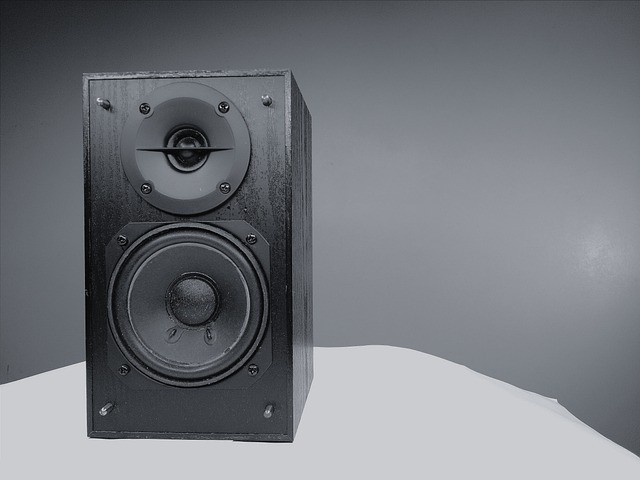Comparing different subwoofer brands and models involves assessing factors such as performance, build quality, features, and price. While I can’t provide real-time data on the latest models available, I can give you an idea of how to evaluate subwoofers in a showdown:
1. Performance:
- Frequency Response: Look for subwoofers with a wide frequency response range that can deliver deep bass and high-quality sound.
- Power Handling: Consider the power output and RMS (root mean square) rating to ensure the subwoofer can handle the wattage your audio system provides.
2. Size and Design:
- Size: Subwoofers come in various sizes, such as 8-inch, 10-inch, 12-inch, and 15-inch. Larger subwoofers generally produce deeper bass, but consider the available space in your setup.
- Enclosure Type: Subwoofers can be in sealed or ported enclosures. Sealed enclosures provide tighter and accurate bass, while ported enclosures emphasize low-frequency output.
3. Build Quality:
- Materials: Quality subwoofers use durable materials for the cone, surround, and voice coil. Look for materials that can handle high-powered sound without distortion.
- Construction: Well-built subwoofers feature sturdy construction to minimize vibrations and resonance.

4. Features:
- Adjustable Settings: Look for subwoofers with adjustable settings for phase, crossover frequency, and gain. These settings allow you to fine-tune the subwoofer’s performance to match your audio system.
- Auto-On/Off: Some subwoofers have auto-on/off features that activate the subwoofer when an audio signal is detected and turn it off when not in use.
5. Connectivity:
- Wired/Wireless Connectivity: Some models offer wireless connectivity options, reducing the need for long cables in your setup.
- Input Types: Consider the available input types, such as RCA, speaker level, or LFE, to ensure compatibility with your audio system.
6. Brand Reputation:
- Research the reputation of the subwoofer brand. Established brands often have a history of producing quality audio equipment.
7. User Reviews and Ratings:
- Reading user reviews and ratings can provide insights into real-world experiences with specific subwoofer models.
8. Price:
- Compare the price of different subwoofers based on their features and performance. Remember that higher-priced models may not always translate to better performance.
9. Compatibility:
- Ensure the subwoofer is compatible with your existing audio system, including the receiver or amplifier you’re using.
Remember that the best subwoofer for you depends on your personal preferences, room size, listening habits, and the overall audio setup. Before making a purchase, consider listening to the subwoofers in person if possible, or consult with audio experts for recommendations tailored to your specific needs.











